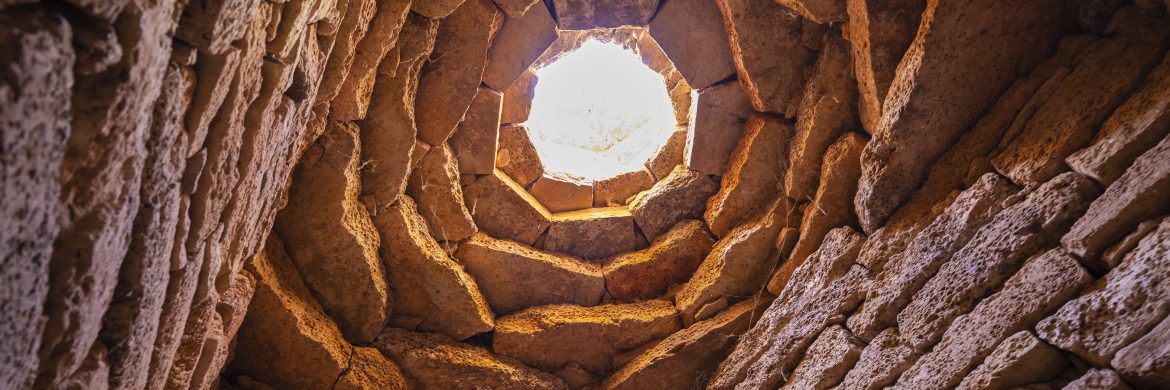Sultan Upi underground mosque is one of the sacred places in the Mangystau region, representing a significant religious architectural monument. It is situated 30 kilometers northwest of the village of Taushyk and 57 kilometers northeast of the city of Fort Shevchenko, near Sarytas Bay, on the edge of the Sultan Upi canyon.

The Sultan Upi canyon is situated on the northern coast of the Tupkaragan Peninsula, near Sarytas Bay. It extends approximately 5 kilometers from the sea. The canyon is deep and captivating, with rivers flowing from its depths. Consequently, it remains refreshingly cool even during the scorching heat of July. Additionally, this area boasts several plant species rarely found in other regions of Mangystau. The brook is abundant with dense bushes of various herbs and marshes, including blackberry, buckthorn, kale, mulberry, sloe and wild herbs. The vigorous plant growth can be attributed to the springs emanating from the limestone and chalk layers within the canyon. Numerous animal species, like Corsac fox, Brandt’s hedgehog dwell here; such birds as rose-colored pastor, bee-eaters and sea-eagle and others inhabit this meadow.

The combination of rugged rocks, gorges along the edges, and the lush blue meadows surrounding the Sultan Upi canyon is a delightful sight. Just 3 kilometers from this ravine, one can enjoy a picturesque view of the coastline.
In the upper reaches of the ravine, several cemeteries and barrows, typical of the Stone Age, can be found. There are ancient settlements nestled in the deep areas.

The Sultan Upi well is a natural water source of the highest quality, renowned for its freshness, clarity, and purity. It is carved out of a cliff and reaches a depth of 10-12 meters. Based on its architectural style, scientists estimate that it was constructed in the 14th century, although there is scarce information about the individuals responsible for its excavation and discovery. The stones surrounding this skillfully crafted well are smooth, narrowing upwards, and leveled.

The main structure in this area, adjacent to it, is the Sultan Upi underground mosque, which exhibits a religious character resembling Sufi temples constructed between the 13th and 15th centuries. It was carved out of the rocky layer of the land, utilizing stone as the sole building material available during that era. A unique staircase, consisting of rough stones of various sizes, descends directly into the lofty vaulted hall. The hall takes on a rectangular shape, with wall heights reaching up to 3 meters. Additionally, there is a hole in the northern wall, leading to a narrow room. The mosque is comprised of multiple chambered sections, specifically 11 rooms. Within these rooms, stone columns were erected for support, and the roof was intricately carved to permit the entry of natural light. The available information suggests that this remarkable architecture was constructed by a Sufi named Khairolla.
The underground mosque (1982) and the natural canyon in which it is located (1993) are under local state protection.
Who is Sultan Upi?
According to the legends that have circulated throughout the country, Sultan Upi is regarded as the savior of humanity during times of water calamities. It is believed that when faced with floods or thunderstorms, people would invoke his name and implore, ‘Sultan Upi, save us from this water disaster.’ Legend has it that Sultan Upi was one of the disciples of Khoja Ahmet Yasaui, who once visited Mangystau. Historical records indicate that he was the son of Suleymen Bakyrgani – Hakim Ata, a prominent figure from the 12th and 13th centuries.
The natural ravine of Sultan Upi, along with the religious and historical structures within it, represents a remarkable cultural heritage of the country. If you wish to witness Middle Ages architecture, marvel at historical sites dating back to the Neolithic era, and embrace the untamed wilderness, Sultan Upi is an indispensable destination.



